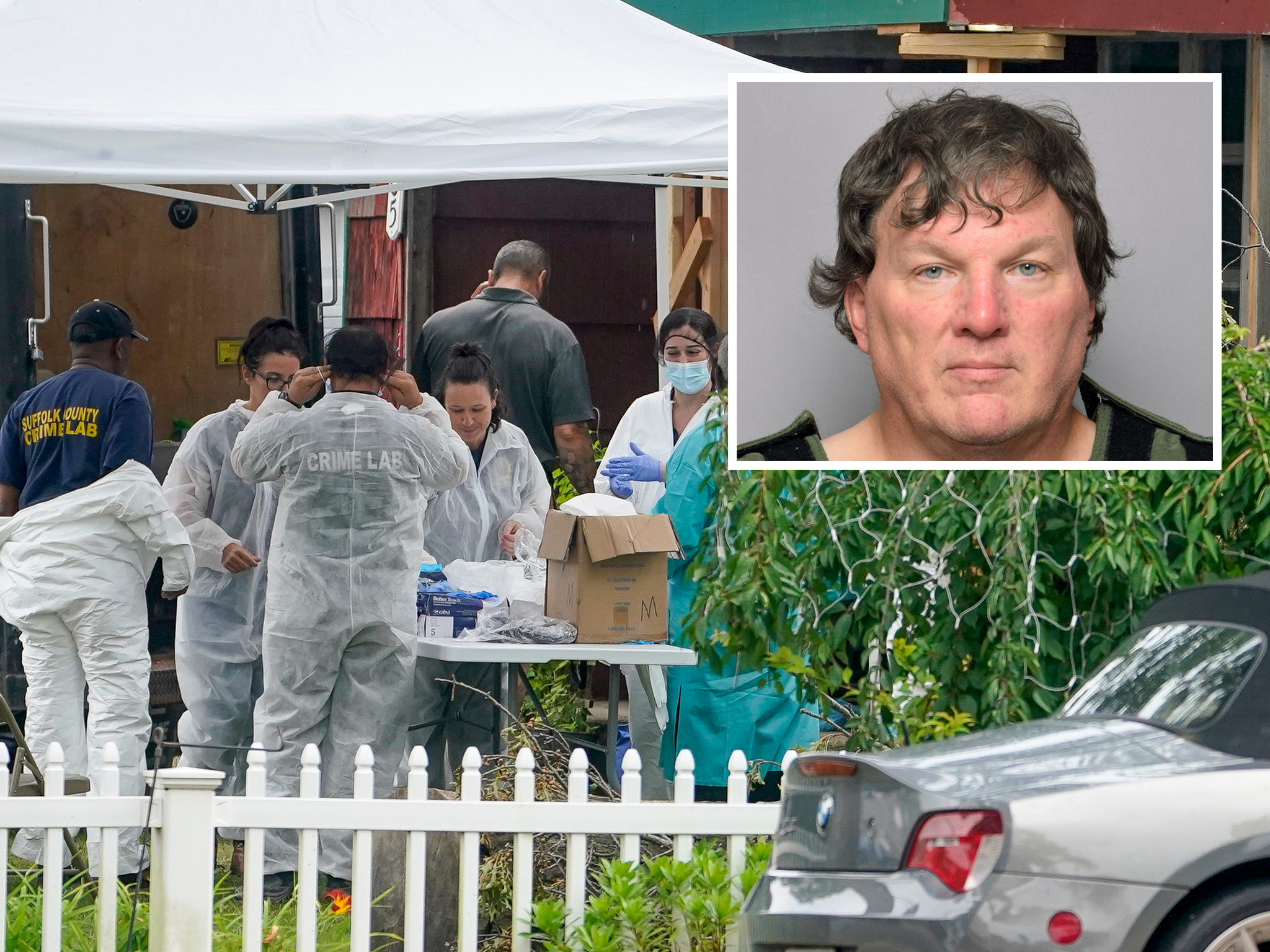The Gilgo Beach murders — one of the most disturbing and drawn-out criminal mysteries in modern American history — reached a chilling climax with the arrest of Rex Heuermann, a man who lived a shockingly ordinary life while allegedly concealing a world of violence beneath it. For over a decade, the disappearance of sex worker Shannon Gilbert and the discovery of multiple victims along Ocean Parkway exposed deep cracks in law enforcement systems and the terrifying reality that a serial predator was allowed to operate in plain sight.

It all began in 2010, when Shannon Gilbert placed a frantic 911 call begging for help before vanishing into the dark marshland near Oak Beach. Her disappearance triggered a search that uncovered something far more horrifying: the remains of four young women — Melissa Barthelemy, Megan Waterman, Amber Costello, and Maureen Brainard-Barnes — collectively known as the Gilgo Four. Bound, wrapped in burlap, and buried close to each other, they formed a clear pattern. And they were only the beginning.
As authorities continued searching, they discovered more victims, some dismembered, scattered along multiple sites. The implications were deeply unsettling: Long Island was dealing with a serial killer, possibly more than one, and the victims were primarily women who had been ignored or dismissed in life — sex workers, women of color, and individuals on society’s margins.

For years, the case stalled. Leads went cold. Families begged for attention. Questions mounted about police mishandling, corruption, and institutional bias against marginalized victims.
Then, in 2023, everything shifted.
After a renewed multi-agency effort and the rise of forensic technology, investigators traced a path straight to Rex Heuermann, a 59-year-old Manhattan architect. Married. A father. A man who commuted from a quiet Massapequa Park home where he lived a seemingly mundane suburban life. His neighbors described him as awkward, quiet — even harmless.

But behind that façade lay a chilling trail:
• Burner phones used to communicate with victims
• Internet searches reflecting violent fantasies
• A meticulously typed “murder document”
• Hair samples, DNA evidence, and phone records linking him to the Gilgo Four
The contrast between Heuermann’s public image and the monstrous reality alleged in the evidence left the nation stunned.

As legal proceedings advance, prosecutors are preparing a case built on digital footprints, forensic matches, and years of surveillance. The defense is expected to lean heavily on questioning the circumstantial nature of some evidence, but the weight of what investigators uncovered is immense.
Yet, even with an arrest, haunting questions linger:
Were there more victims? Did Heuermann operate alone? Why did it take so long for the case to gain traction?

For the victims’ families, the arrest offers something they have begged for — hope, after over a decade of pain, dismissal, and unanswered questions. But it also highlights profound systemic failures: the neglect of vulnerable women, the mishandling of early leads, and how easily a predator can hide behind normalcy.
The Gilgo Beach murders remain a stark reminder that the most terrifying monsters are not always those lurking in the shadows — sometimes, they are the ones living quietly next door.





